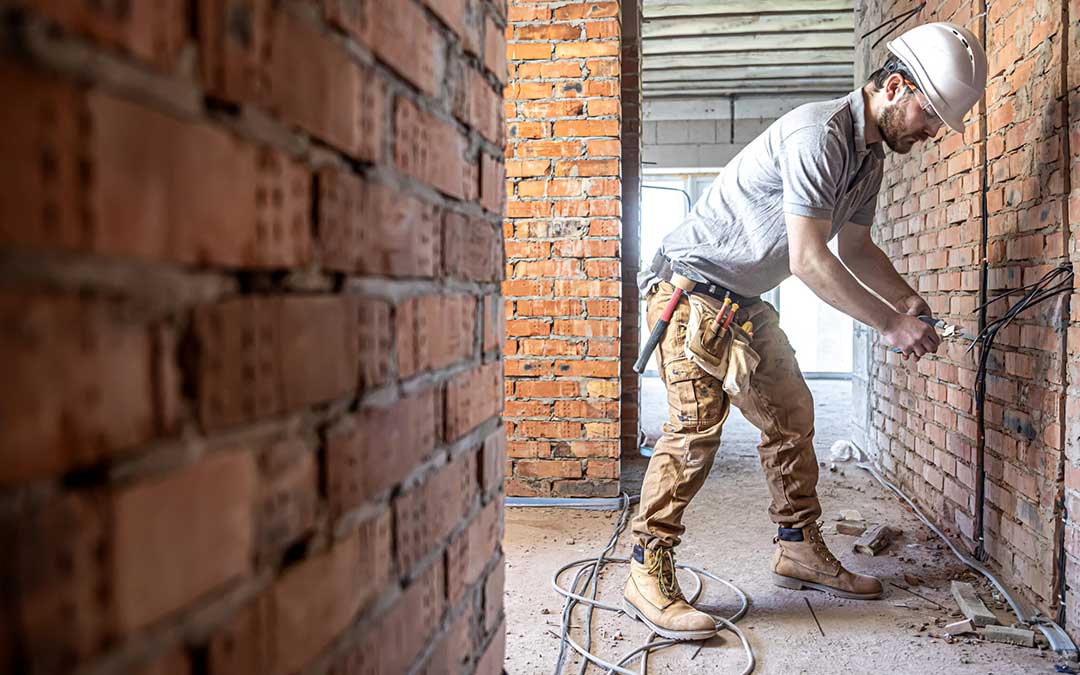At DBS LLP, we frequently act for property owners, developers, and investors who are forced to respond to defective or incomplete construction work. When a contractor’s performance falls below contractual or industry standards, the financial and structural implications can be significant. Ontario law offers several avenues of recourse, but success depends on careful assessment of the contract, the evidentiary record, and the governing dispute resolution framework, including potential arbitration clauses.
Assessing the Legal Basis for a Claim
A claim against a contractor may arise from breach of contract, negligent workmanship, or breaches of statutory obligations, including those under the Construction Act. The starting point is the construction agreement itself. Even where no formal written contract exists, terms may be established through quotations, change orders, invoices, or correspondence. The core issue is whether the contractor failed to perform the work in accordance with the agreed specifications or the standard of a competent and qualified contractor. In residential and commercial projects alike, defective work may include structural deficiencies, code violations, water intrusion, or workmanship so substandard that remediation is required.
Documenting the Deficiencies
In any construction dispute, the strength of the claim depends on the quality of the record. We advise clients to preserve photographic and video evidence, retain all correspondence, and obtain independent inspection reports where necessary. Expert evidence, such as an engineer’s report or opinion from a qualified tradesperson, often becomes central at trial or arbitration. It is insufficient merely to allege dissatisfaction; the deficiencies must be established against objective standards of construction practice.
Providing Formal Notice and Opportunity to Cure
Before commencing proceedings, it is generally prudent, and often contractually required, to provide written notice to the contractor identifying the defects and requesting rectification within a specified timeframe. Courts and arbitrators alike frequently consider whether a reasonable opportunity to cure was given. A well-drafted demand letter serves two purposes: it preserves the evidentiary record and demonstrates that the contractor was alerted to the issues. If the contractor refuses or fails to remedy, litigation or arbitration may follow.
Selecting the Appropriate Forum
Forum selection in defective workmanship cases is not solely a question of monetary jurisdiction. Claims up to $50,000 may be brought in the Small Claims Court, while larger or structurally complex matters fall within the Superior Court of Justice. However, many construction contracts—particularly those based on CCDC or bespoke commercial forms—contain mandatory arbitration or alternative dispute resolution provisions. Under the Arbitration Act, 1991, courts will generally enforce such clauses, declining jurisdiction unless the contractual dispute resolution mechanism has been exhausted. Commencing proceedings in the wrong forum may result in a stay of the action and costs consequences. We therefore undertake a full contractual analysis before advising on venue.
Interaction with the Construction Act
While defective work typically gives rise to contractual or tort claims, parties must remain aware of their rights and obligations under the Construction Act. The Act governs lien rights, holdback requirements, and prompt payment obligations. A contractor’s defective work does not extinguish the owner’s right to set off or counterclaim under the Act. In some cases, we pursue both a construction lien response and a parallel damages action, depending on strategic considerations and limitation timelines.
Causes of Action and Available Remedies
A proceeding against a contractor may advance multiple legal theories, including breach of contract, negligence, breach of implied warranty of fitness and quality, and unjust enrichment, where payment was made for work not properly performed. The primary remedy is monetary damages, typically measured by the cost of remediation or completion by a competent contractor. In serious cases—particularly where safety is compromised—claims may include consequential loss or diminution in property value. While punitive damages are rare, they may be available where there is evidence of wilful misconduct, deceit, or abandonment.
Duty to Mitigate
Owners must act reasonably to prevent further damage. For instance, if water penetration occurs, interim repairs should be undertaken to protect structural integrity. Reasonable mitigation expenses may be recoverable, but inaction may limit damages. We advise clients to retain receipts and document all protective measures taken following discovery of the defect.
Limitation Periods
Ontario’s Limitations Act, 2002 imposes a two-year limitation period from the date the defect was discovered or ought reasonably to have been discovered. Latent defects concealed within walls or foundations may delay discoverability. Failure to commence within the applicable period may bar recovery entirely. In multi-phase projects, each defect may trigger a separate limitation analysis.
Conclusion
Defective construction is not merely an inconvenience; it can result in substantial financial loss and long-term structural risk. Legal recourse is available, but effective action requires early assessment of contractual obligations, evidentiary documentation, and selection of the proper forum. At DBS LLP, we prosecute defective construction claims with a strategic focus on cost recovery, enforceability, and long-term protection of our clients’ property interests.
If you are facing defective or incomplete construction work, you may contact Prabhjot Singh Badesha in the Construction Litigation Group at DBS LLP to advise on demand strategies, arbitration or litigation commencement, and claims under the Construction Act.




